Understanding Pipe Stress Analysis
What is Pipe Stress Analysis?
Pipe stress analysis is a critical engineering discipline focused on evaluating the mechanical behavior of piping systems under various operational conditions. The aim is to ensure that the piping design can withstand thermal expansion, weight loads, and dynamic forces that arise from system operations, without compromising safety or functionality. Applying methods like finite element analysis (FEA), professionals assess potential weaknesses and design the piping system to alleviate issues before they occur.
The Importance of Piping Stress Companies
Engaging a reputable piping stress Company provides invaluable insights into the integrity of piping systems. These companies employ experts who specialize in identifying risk factors that could lead to failures or costly malfunctions, ensuring the reliability of industrial processes. By providing thorough stress analysis, they contribute to enhanced safety, compliance with industry regulations, and overall operational efficiency.
Key Concepts in Piping Stress Evaluation
Understanding piping stress involves several key concepts. These include:
- Temperature Effects: As temperatures rise, materials expand, which can cause bending stress and flexibility challenges in the piping system.
- Load Types: Both dead loads (permanent static weights) and live loads (dynamic forces from operations) impact the performance of piping systems.
- Support Schemes: The design of pipe supports, hangers, and brackets directly influences how loads are transferred to the structural elements. Selecting the correct type and placement is crucial for stability and safety.
- Dynamic Analysis: Additional stress can result from movements like vibrations and impacts, often generated by pumps and machinery. Analyzing these factors ensures the system can accommodate such forces without failing.
Choosing a Piping Stress Company
Factors to Consider when Selecting a Company
When selecting a piping stress analysis company, consider the following factors:
- Experience and Expertise: Evaluate the company’s track record in handling projects akin to yours. A seasoned team will have encountered various challenges and know how to mitigate risks effectively.
- Technological Capability: Inquire about the software and tools the company uses for analysis. Advanced software such as CAESAR II or AutoPIPE can greatly enhance the accuracy and efficiency of stress evaluation.
- Industry Compliance: Different industries have specific regulations and standards (like ASME B31.3 for chemical plants). Ensure the chosen company has a solid understanding of and complies with relevant codes.
- Testimonials and Case Studies: Look for reviews or case studies showcasing the company’s success in similar projects. Real-world proof of their capabilities can provide insight into their level of commitment and expertise.
Benefits of Experienced Piping Stress Experts
Utilizing a team of well-versed piping stress experts offers numerous advantages:
- Comprehensive Analysis: Experienced analysts can identify issues and solutions that less experienced professionals might overlook, leading to more effective and reliable designs.
- Cost Savings: Proper stress analysis can prevent costly repairs and downtime by addressing issues during the design phase rather than after installation.
- Safety Assurance: Experienced companies prioritize safety, ensuring compliance with local and international regulations and reducing the risk of accidents.
Common Mistakes to Avoid
When conducting pipe stress analysis, some common mistakes can compromise results:
- Neglecting Environmental Factors: External conditions such as temperature fluctuations and seismic events should not be disregarded as they can significantly impact piping stresses.
- Insufficient Documentation: Failing to provide complete design documentation can lead to misunderstandings and miscalculations during analysis.
- Overlooking Maintenance Needs: New projects should always consider future maintenance for accessibility and practical repairs.
Common Challenges in Pipe Stress Analysis
Addressing Complex Load Scenarios
In many industrial applications, piping systems encounter multiple load scenarios. Identifying the combinations of thermal, gravitational, and dynamic loads and their interactions is crucial. Engineers often face difficulty when dealing with complex load combinations, which can lead to unpredictable stresses. Using sophisticated FEA tools can simulate these conditions accurately, helping engineers design more resilient systems.
Mitigating Risks in Piping Systems
Piping systems are subject to failures that result from a variety of risks, including material degradation, design flaws, and environmental factors. Companies must implement risk mitigation strategies, which can involve regular inspections, using high-quality materials, and consistent adherence to regulatory standards. Developing a proactive maintenance schedule can also help preemptively identify and resolve potential failures before they escalate into significant issues.
Understanding Regulatory Compliance
Each industry has its own set of regulations that must be adhered to during the design and operation of piping systems. Regulatory bodies, such as the American Society of Mechanical Engineers (ASME) and the Occupational Safety and Health Administration (OSHA), set standards that ensure safety and integrity. A thorough understanding of these requirements is essential for reducing legal and operational risks.
Best Practices for Piping Stress Analysis
Integrating Modern Software Solutions
The advent of modern engineering software has revolutionized pipe stress analysis. Tools like CAESAR II, AutoPIPE, and others provide engineers with advanced capabilities to perform detailed evaluations efficiently. Implementing these tools alongside specialized training for staff can drastically improve accuracy in analysis, reduce human error, and accelerate the project timeline.
Designing for Flexibility and Safety
A successful piping system must accommodate thermal expansion and contraction. Utilizing flexible connections, expansion joints, and appropriately spaced supports can effectively mitigate stress caused by thermal movements. Designers should also apply safety factors in all calculations to ensure the system can withstand unexpected parameters or forces during operation.
Regular Maintenance and Monitoring
Establishing a routine maintenance program is vital for extending the operational life of piping systems. This program should include regular inspections, monitoring of wear and tear, and updating stress analyses in response to changes over time. Investing in monitoring technologies can provide real-time data on structural integrity, allowing for timely interventions that promote safety and reliability.
Future Trends in Pipe Stress Engineering
The Impact of Technology on Analysis Procedures
As technology progresses, so too must the methodologies for pipe stress analysis. Artificial intelligence (AI) and machine learning (ML) are beginning to play a significant role in predictive analytics for stress analysis, anticipating failures before they occur. Integrating these technologies will enhance the efficiency and effectiveness of assessments, providing more resilient and adaptive piping systems.
Sustainable Practices in Piping Systems
There is a growing focus on sustainability in engineering practices, including piping systems design. Environmental considerations are becoming increasingly important, leading to the adoption of materials and designs that have lower life-cycle impacts. Life Cycle Assessment (LCA) can be utilized to evaluate the environmental implications of different design options, aiming to find a balance between performance and ecological responsibility.
Emerging Demands for Piping Stress Companies
The need for specialized piping stress companies is expected to grow as industries face more complex operational challenges. Companies will increasingly seek expert partners capable of providing advanced technical support to navigate stringent regulations and technological advancements. As projects become more complex, the demand for comprehensive and sophisticated stress analysis will continue to rise, emphasizing the importance of selecting skilled professionals in this field.
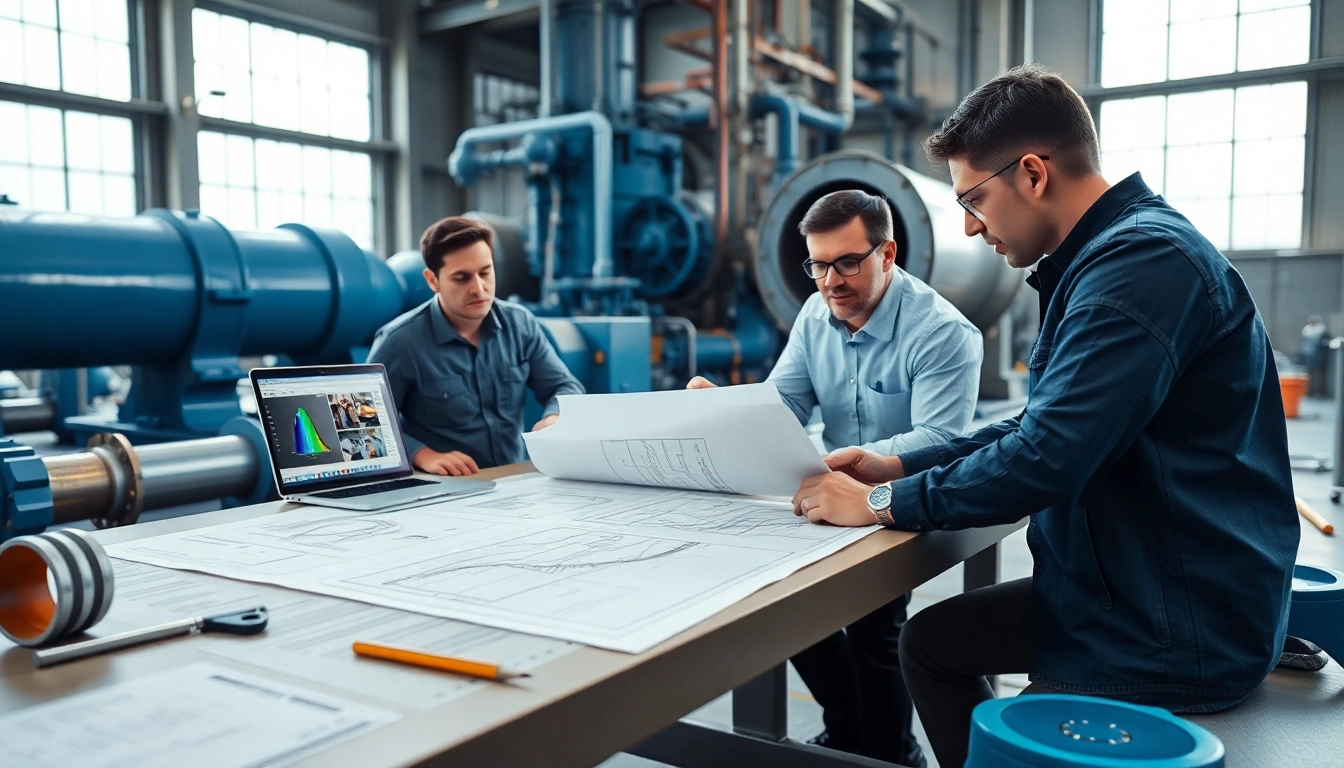
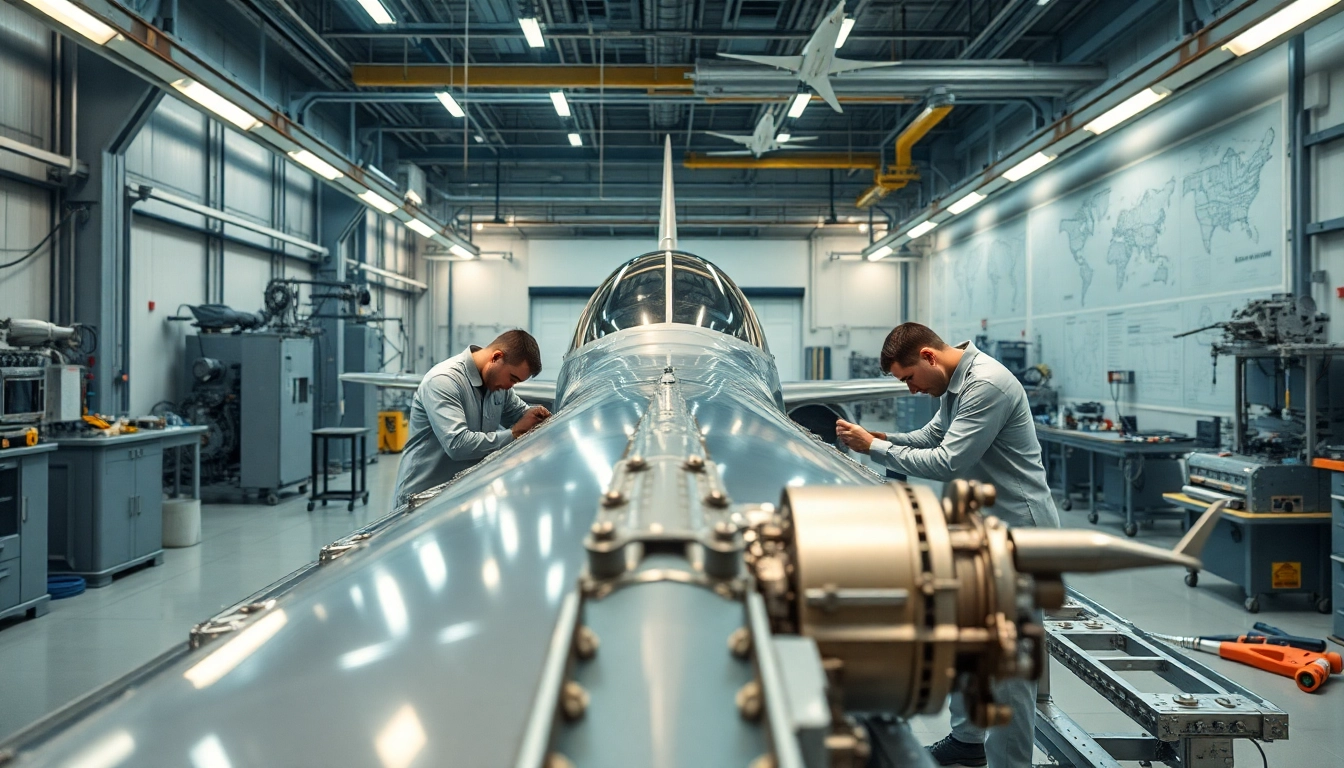
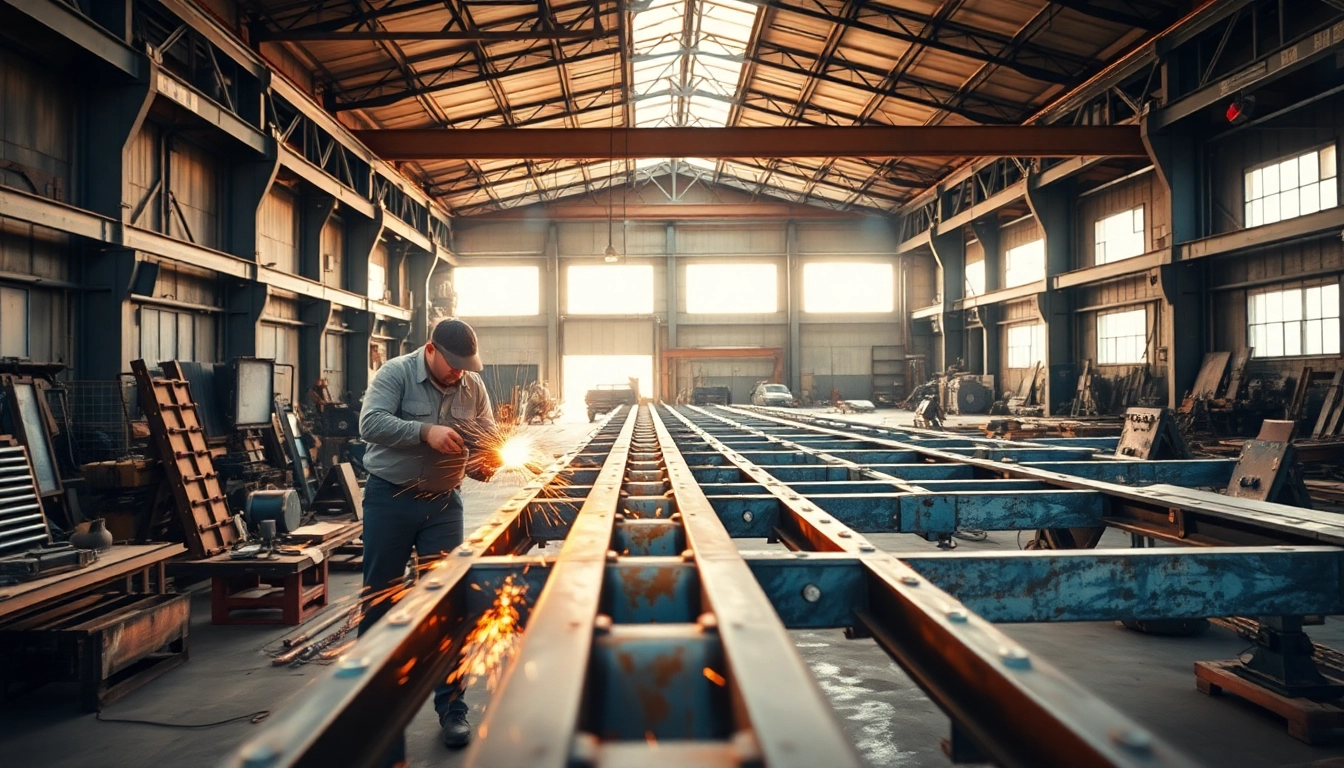



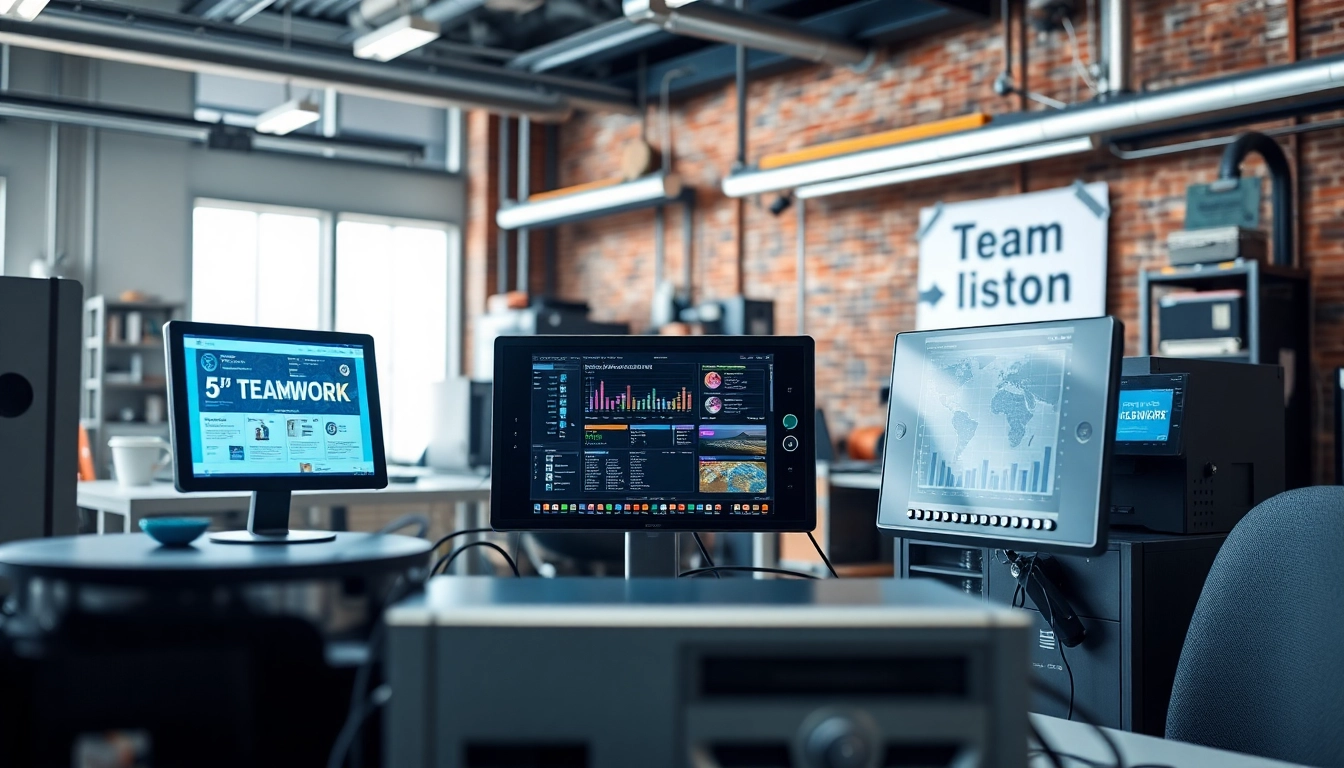

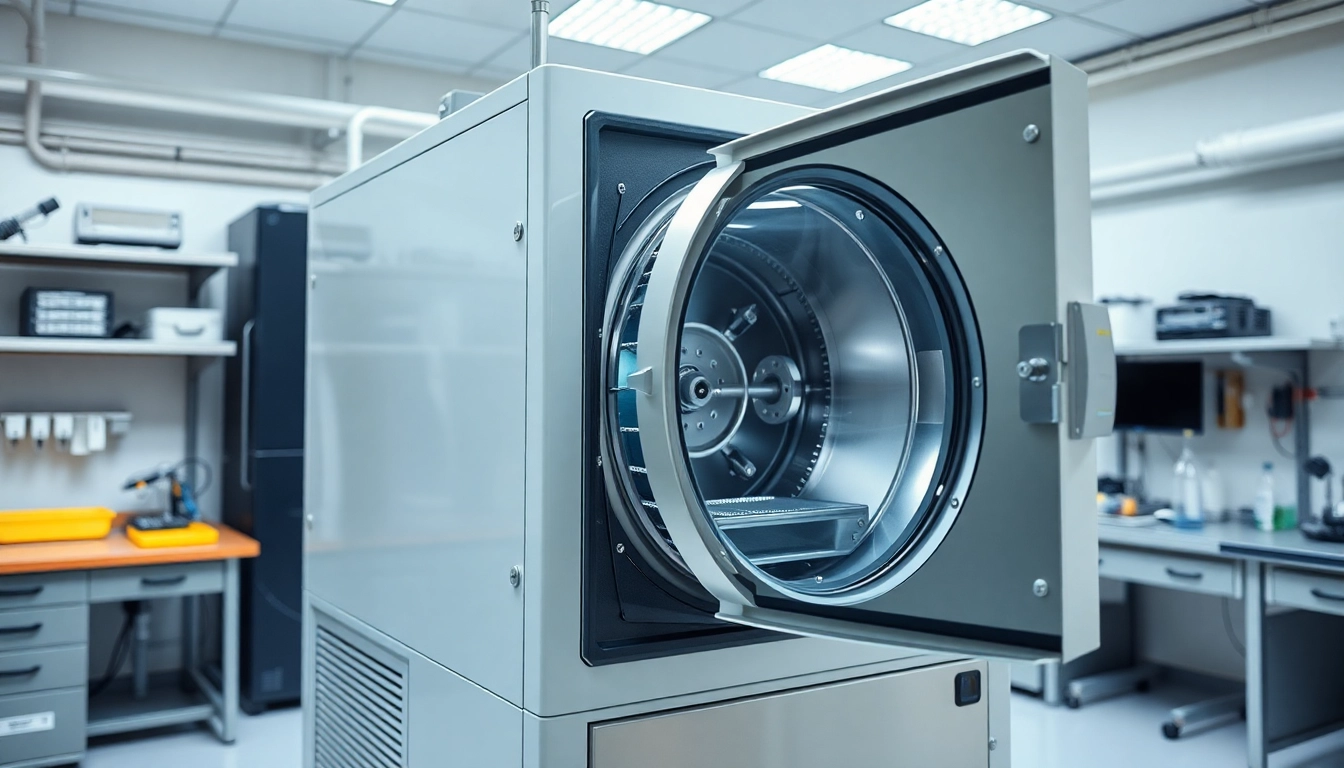
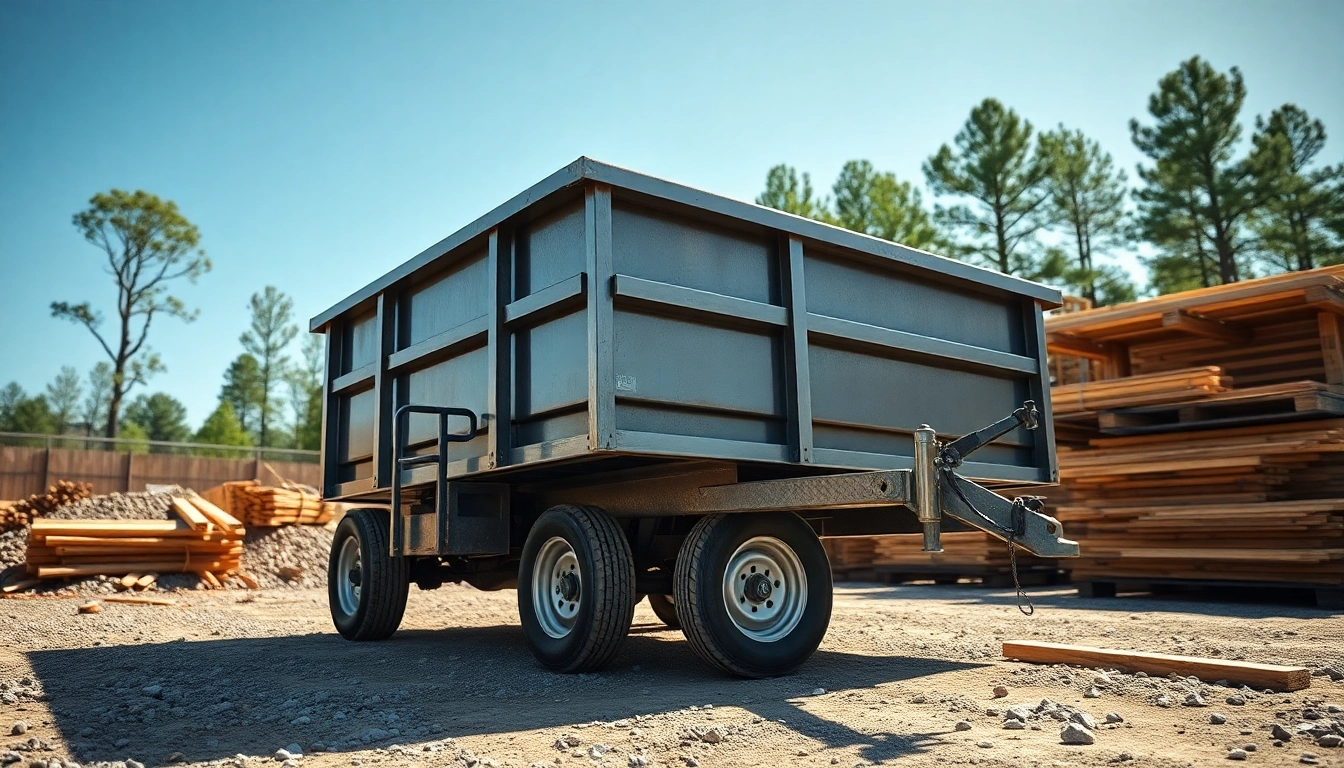




Leave a Reply